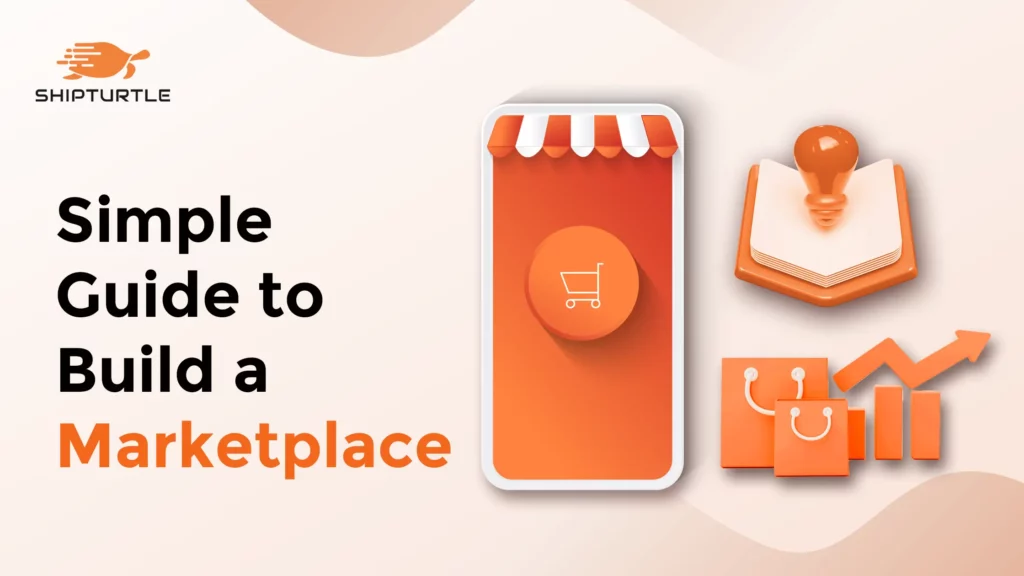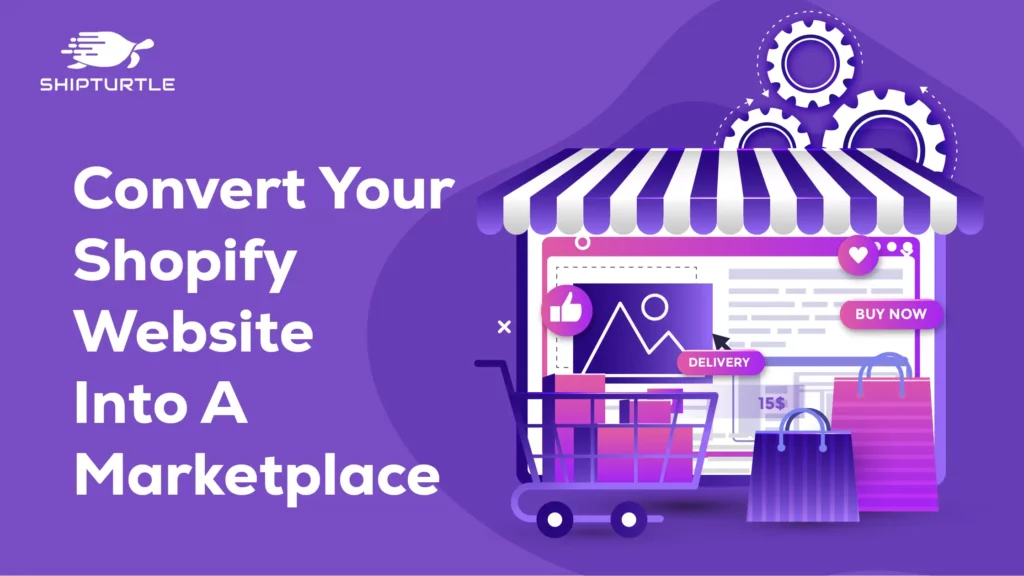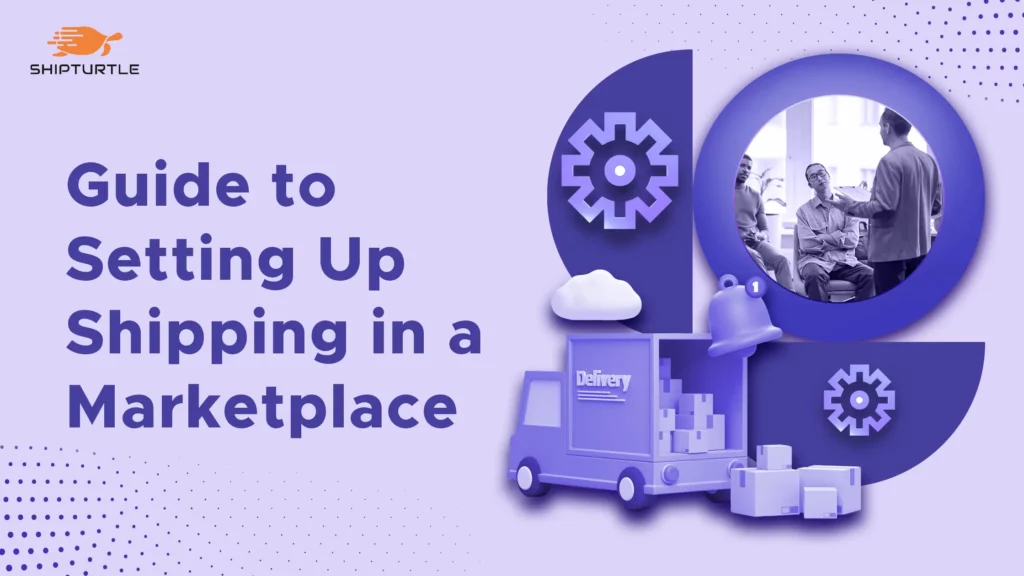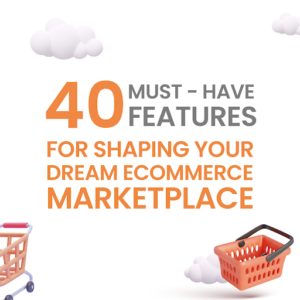Creating a marketplace is a daring and thrilling concept. To manage a profitable business, however, you must carefully examine your growth strategy, forecast potential market issues like low consumer engagement, and select the optimal development solution. We’ll go over some of the challenges you can experience while building your marketplace platform, in this blog. Let’s get started.
Challenge 1: Selecting the Appropriate Development Strategy:
If you go down the wrong development path, you’ll wind up with a product that doesn’t meet the needs of the company or its customers. Choose one of three growth methods to avoid this problem easily and economically expand your market.
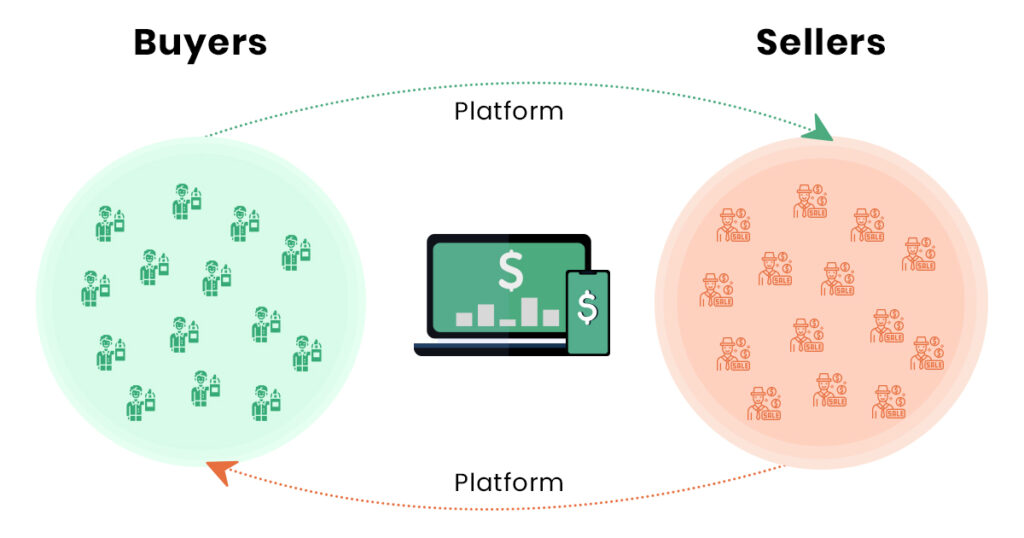
Make use of a free or open-source alternative:
Open-source tools allow you to establish your marketplace in a matter of weeks even if you have no programming experience. All that remains is for you to select a theme and features that are appropriate for your business. This growth path is for you if you want to test a fresh marketplace business concept with clients. Keep in mind, though, that most open-source implementations restrict you from creating your interface design. Furthermore, the theme and features you use on your platform may put your marketplace’s security at risk.
Make use of a SaaS (software-as-a-service) solution:
By subscribing to a SaaS platform, you can gain access to the platform’s capabilities and use them to achieve your business objectives.
A SaaS platform is the way to go if you need to get your marketplace up and operating quickly. However, keep in mind that if you choose this option, you will be charged a higher fixed rate for the entire feature set, regardless of how many features you utilize.
Consider a white-label strategy:
When you choose a white-label solution, you get a ready-made software package with all the features you need to integrate into your marketplace. Before going online, all you have to do now is pick the features you want and apply your branding.
Unlike open-source and SaaS systems, a white-label strategy gives you complete control over your marketplace and access to the product’s source code. Because you have access to the source code, you can add new features and adjust the platform as you find suitable. It’s simple to start a marketplace with a white-label product, and it’s the most secure option if you want to build a long-term site.
Challenge 2: Getting to the bottom of the market’s chicken-and-egg conundrum:
Establishing supply and demand is the first step in creating a marketplace. The question is: who should you go after first? We’ll take a look at a few possibilities below.

First and foremost, make a pitch to the sellers:
If there are no dealers or merchants of goods and services in your marketplace, customers are more likely to turn around and leave. A typical technique to motivate sellers is to offer a small cash reward or a bonus. Uber used to pay drivers a decent wage even if they didn’t collect any fares when it first launched its cab service. As a result of this activity, Uber grew to become one of the largest transportation companies, attracting a large number of drivers and passengers.
Start by attracting customers:
It’s more difficult to attract buyers first, than vendors, but for some marketplaces, it makes sense. Some Marketplace offered coupons as a monetary incentive to early clients who signed up. The website was able to draw a huge number of users as a result of this.
They also offer virtual incentives to buyers, such as discounts on first orders or vouchers for the first few transactions.
Attracting both sides at the same time:
With the right approach and plan, you’ll be able to cater to both sellers and buyers at the same time. Allowing sellers to act as buyers — and vice versa — will aid in attracting both buyers and sellers. When presenting items on your marketplace, this assures that a consumer will behave as both a seller and a buyer.
Challenge 3: Lack of brand familiarity:
When creating a new marketplace, you may find that your site is not well-known or accepted. Here are some things you may do to raise your brand’s popularity and marketplace ranking.

Make use of SEO (search engine optimization) techniques:
According to a report, 92% of people don’t browse beyond the first page of Google search results. As a result, utilizing SEO efforts might be the initial step in establishing brand awareness. To optimize platform traffic, SEO helps to increase the website’s position in search results. If your marketplace appears on the first page of Google results, you may expect greater traffic and deals.
Collaboration with other brands:
Co-branding can be implemented as part of a marketing strategy. Partnering with a well-known brand with which you share a potential audience is one example of collaborating with other businesses. The goal of a partnership is to generate positive relationships with your brand while also increasing your partner’s customer appeal. Working with a reliable firm will help you dramatically increase your brand’s visibility.
Use social media advertisements:
Using social media to gain visibility for the marketplace is one simple approach to doing so. This plan will enable you to build a brand community, exchange news, and foster long-term consumer relationships. In addition, social media is a great place to run advertising efforts. Well-targeted advertising, as well as a smart investment in it, will help you reach millions of people all over the world and build a following.
Challenge 4: Customer acquisition:
Consumer acquisition is the process of acquiring new healthy customers. By being able to convert potential guests into customers in a systematic manner, it is feasible to maintain market growth and generate revenue. In the sections below, we’ll show you how to increase brand value and develop a solid marketing strategy to attract more customers.
The power of storytelling:
Incorporate storytelling into your marketing strategy to make the marketplace more appealing to potential buyers. With stories that create an emotional relationship between them and your business, customer loyalty and confidence are boosted, and consumers are motivated to buy from you. By presenting a storyline rather than merely sharing information, you leave a lasting impression of your organization and its underlying principles.
Identify and recruit brand ambassadors:
Brand supporters are those who use your marketplace’s services or buy items and offer positive feedback or tell their friends and family about their pleasant experiences. Brand ambassadors promote the business because they want others to have the same positive experience as they did.
Make use of social media to spread your values:
You’ll utilize social media to inform customers about your marketplace’s objective and to promote your ideas to attract new customers. By being active on social media and employing analytics software, you can determine how viewers react to the photographs, videos, or texts you share. This will help you figure out what your people like and dislike so you can delete the items they don’t like and add the things they do to your social networks.
Make your blog:
A blog is an excellent approach to increase website traffic, improve your marketplace’s Google rating, and provide relevant information to your clients. To create the most beneficial content, you must first understand your audience segments and their problem areas.
Challenge 5: abandoned carts:
One of the most common issues with marketplaces is a high cart abandonment rate, with nearly 70% of shoppers abandoning their shopping carts. This issue can be caused by several factors, the most prevalent of which is a poor user interface. Here’s how to get things taken care of.

Use the one-click checkout option:
According to a poll, 87 percent of online shoppers abandon their shopping carts if the checkout procedure is excessively long or difficult. Allow visitors to browse things, add them to their carts, and check out with only one click without creating an account. This would improve customer opinions of your brand and their probability of returning to your website to shop.
Reduce the number of steps in the checkout:
Consumers are hesitant to give too much personal information on online marketplaces because they are anxious. To make the checkout process easier, reduce the number of required fields while still getting enough information to fulfill purchases.
Create a variety of payment methods:
Analyze your target market, figure out which payment methods they prefer, and include them in your platform. Some clients, for example, may not have credit cards and prefer to pay using online payment systems. Offer a variety of payment alternatives so that users can pay in a way that is convenient for them.
Make it simple for people to contact you:
Customers should not be left in the dark about their questions. Incorporate an online chat option into your marketplace, or direct clients to a FAQ page or a callback button. Allow customers to receive help without effort.
Challenge 6: Keeping track of vanity metrics
Vanity metrics are those which make you look good in the eyes of others but don’t help you analyze your performance in a way that helps you plan for the future.
It may appear that increasing the number of likes and comments is appealing. These are vanity metrics, though they prevent you from making data-driven decisions and acknowledging your company’s success or failure. A large number of likes does not indicate how many clients you have or how much your profits have increased or diminished. To prevent being misled and to stay informed about crucial performance indicators, keep track of data.

Committed buyers/sellers:
To evaluate if the marketplace is growing, calculate the total number of registered sellers and buyers and compare it to the number of new registrations and the number of sellers and buyers who are still active after a month. Tracking the growth of your user after month or year will show you how successful your marketplace is.
Cost of gaining new clients:
The customer acquisition cost is the overall cost of acquiring a new client. The cost per acquisition (CAC) is a measure used by marketers to calculate the return on ad spend. In the ideal circumstance, CAC should be zero. As a result, your audience will increase naturally, and you will earn the greatest money feasible. A high CAC leads to losses.
Average order value(AOV):
Another valuable statistic is AOV, which allows you to compute the average revenue per visitor by measuring the average search size for each filled order. This statistic can be used to track customer activity and estimate how much money they spend on goods and services. If you know how much your customers spend on average, you can better plan your sales strategies.
Gross merchandise value (GMV):
The gross merchandise value is used to calculate the overall worth of products and services sold on a marketplace (GMV). This measure represents the marketplace’s current state, such as its popularity, efficiency, and sales.

It can be difficult to create a successful online marketplace platform. Startups in the online marketplace, on the other hand, can have a smooth ride if they have excellent foundational knowledge and tools. Adopting a customer-centric strategy and visualizing the purchase/sale cycle can help you develop a more efficient marketplace. All you need is well-crafted research and the ongoing correction of tiny flaws.

